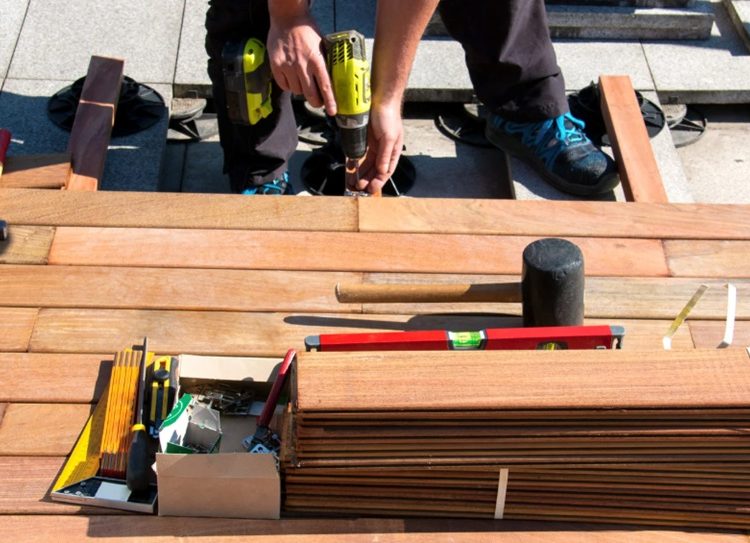Are you looking to join the 13 million American households that rely on a residential well for their water supply?
These home water systems offer many advantages and are easy to install with the help of a professional. Making the initial transition may be an investment, but you will likely save money in the long run.
Read on to learn more about the different kinds of residential wells, how they are installed, and what benefits you can expect from building one on your property.
The 3 Kinds of Residential Wells
There are three kinds of wells for residential use. Your well drilling service will consider your property’s proximity to groundwater when deciding what kind of well is suitable for you.
Bored Wells
These wells are the shallowest, only reaching 10-30 feet below the surface. They’re usually dug with light construction machinery and have a diameter of 18 to 36 inches.
Because bored wells make use of a shallow aquifer, they depend on rainwater for replenishment and can be susceptible to contamination. They’re lined, or cased, with brick or tile.
Driven Wells
Driven wells are usually deeper than bored wells, extending 30 to 50 feet below the surface. The entire length of a driven well is cased, unlike a bored well.
Though they’re dug deeper and fully cased, driven wells still pull from aquifers close to the surface. As a result, they also rely on rainwater and are vulnerable to the same sort of contaminants as bored wells.
Drilled Wells
These wells plunge deep underground. In some cases, they may be over 1,000 feet deep, but most are between 100-500 feet in depth.
Drilled wells are completely cased with steel and PVC. This prevents the well from collapsing and helps keep your drinking water free of contaminants. Since these wells pull from deeper aquifers, they are much less prone to contamination.
How Are Wells Installed?
To have a residential well installed on your premises, you’ll need the help of a professional.
First, they’ll survey your property and determine what kind of well you need.
Then, they’ll drill into the groundwater and apply casing to keep the well from collapsing. A screen placed at the bottom of the well helps filter contaminants from the water.
Finally, they’ll install a water pump and connect it to your home’s water lines.
Benefits of a Well
The advantages of building a well extend further than simply moving away from using municipal water. Consider these benefits if you’re still unsure about installing a residential well.
Save Money on Water
If you build your own well, the water will always be yours to use free of charge. Once the well is installed, you’ll only have to pay for its upkeep.
Raise Property Value
Wells are a desirable feature, so building one will certainly raise the value of your property. The value a well adds to your property depends on the well’s condition and the quality of its water.
Healthier, Better-tasting Water
Well water isn’t treated with chemicals like chlorine, which can be found in municipal water. This means your well water both tastes better and is healthier for you.
Private Wells are a Great Investment
Residential wells require an investment of time and money, but hiring a professional well drilling service makes the job simple. Once it’s installed, you’ll enjoy great-tasting water and save money in the process.
Inspired to get to work? Check out our blog for more home renovation tips.








